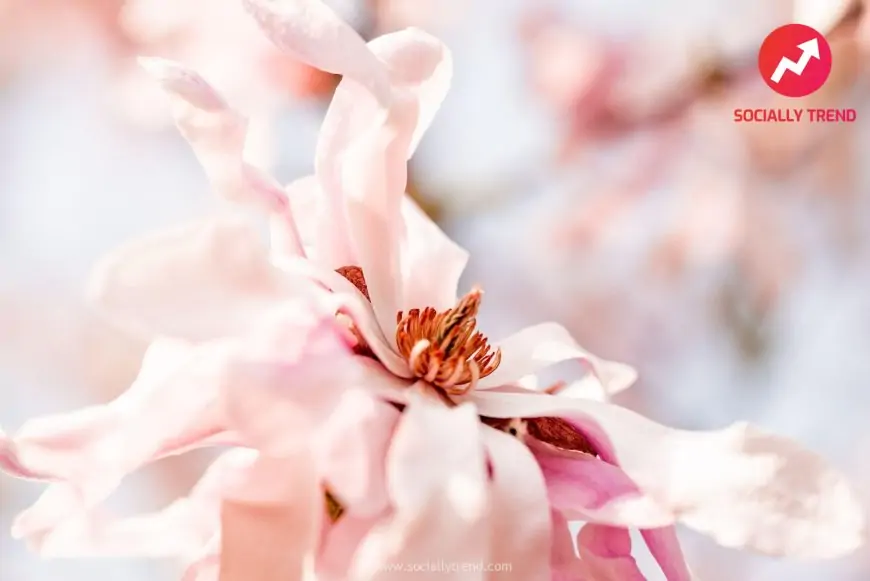Trends may come and go in the world of fashion, but one aspect has endured and continues to influence our sense of style: scent. Perfumes have been crucial in defining several fashion eras, from the elegance of the past to the sleekness of the present. In this olfactory voyage, we'll look at how fragrances have evolved from antique glitz to contemporary style, leaving their olfactory imprint on the annals of fashion history.
Key Takeaways
- As fashion periods changed from antique glamor to contemporary elegance, perfume had a big impact on how each one was shaped.
- According to the sociological and cultural norms of the period, each fashion era had its own distinctive scent preferences.
- The ability of scents to arouse feelings, bring back memories, and express individual style.
- A cologne subscription might assist in exploring different scents and embracing the mood of various fashion eras.
1920s to 1950s: The Golden Age of Vintage Glamour
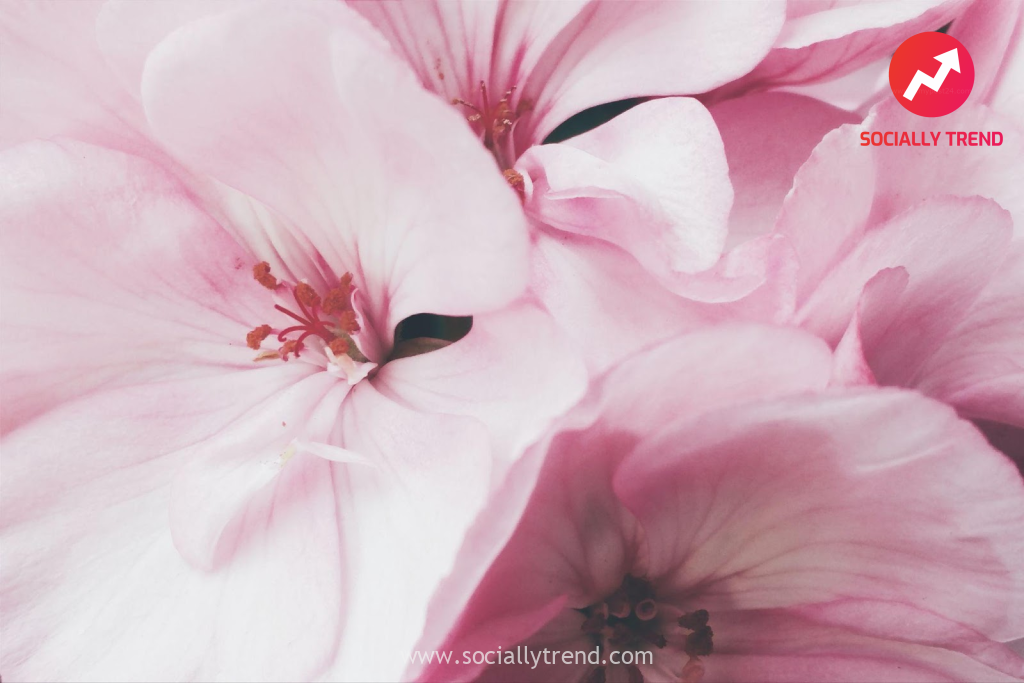
The Aroma of Style
Intricate patterns, lavish materials, and alluring scents defined the early 20th century's vintage splendor. During this time, perfumes were frequently elaborate, complex, and opulent, reflecting the excess of the Roaring Twenties and Hollywood's Golden Age. Important scents included:
- With its unique fusion of floral and aldehyde notes, Chanel No. 5 is a timeless classic that transformed the fragrance industry. It captures the mood of the 1920s.
- Guerlain's Shalimar An oriental classic that radiated passion and sensuality and perfectly encapsulated the mood of the 1930s.
- Jean Patou's poem Joy: This fragrance, which was created in the middle of the Great Depression, aims to spread happiness and optimism with its profusion of floral notes.
Post-War Transition: 1960s - 1980s

The Scent of Revolution
As the world underwent radical changes, so did fashion and fragrances. In the 1960s, young culture flourished and heavy odors of the past were abandoned. The '60s, '70s, and '80s were marked by rebellion, individualism, and experimentation, leading to the popularity of more daring and unisex fragrances. Notable scents included:
- Estée Lauder's Youth Dew is a spicy, oriental fragrance that perfectly captures the spirit and vigor of the 1960s.
- Calvin Klein's Obsession: A powerful blend of amber and spices that mirrored the boldness of the 1980s power dressing.
Modern Minimalism from the 1990s to the Present
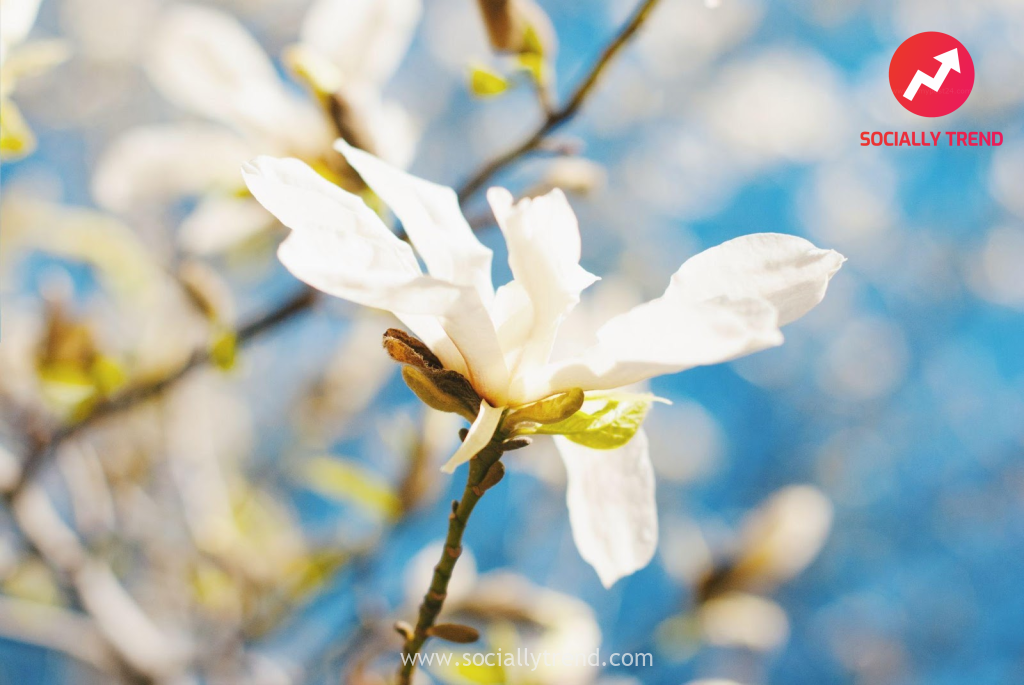
The Aroma of Simpleness
A new period of minimalism and clean design reflecting a contemporary lifestyle began around the start of the millennium. The clean and fresh aromas that accompanied the simplified design trends became the emphasis of perfumes as they grew more subdued. This era's fragrances include:
- Calvin Klein's unisex fragrance CK One epitomized the simplicity and androgyny of the decade in the 1990s.
- Dolce & Gabbana's Light Blue is a light, citrusy fragrance that perfectly encapsulates the laid-back elegance of the early 2000s.
- A modern scent that honors nature and speaks to today's eco-conscious principles is Jo Malone's Wood Sage & Sea Salt.
Beyond Trends, Perfume's Power
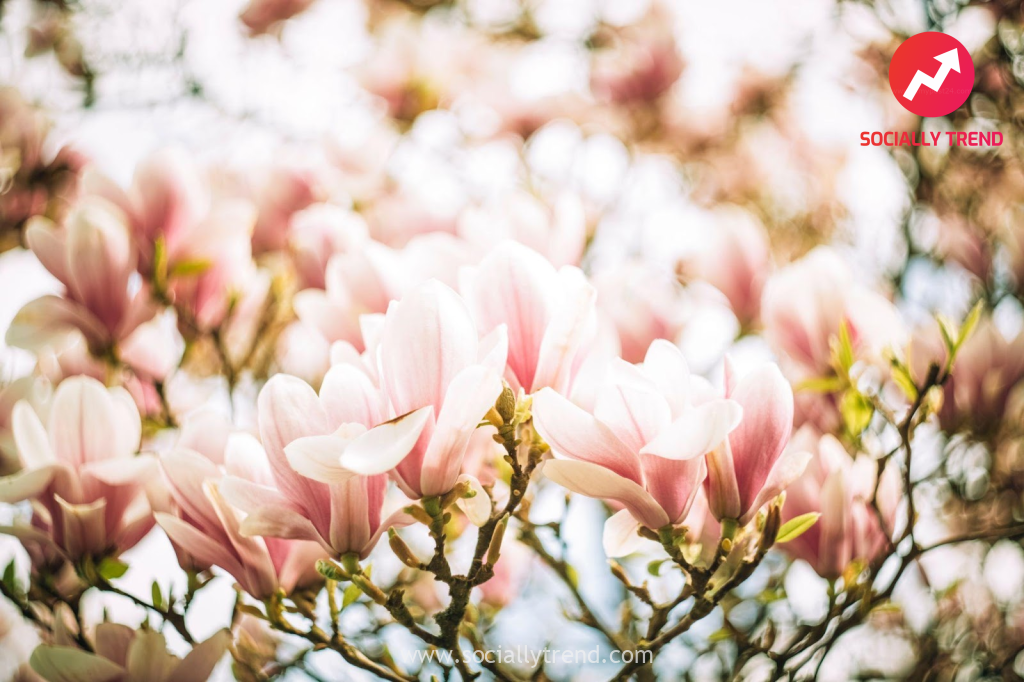
Feelings, Memories, and Individual Preferences
Following fashion trends isn't all that perfumes are about; they're also a way to convey feelings, bring back memories, and show off unique style. The smells we select become a part of who we are, making an imprint that endures beyond passing trends.
- The ability of some fragrances to quickly take us back in time when we take a breath of them is known as the nostalgic power of scent.
- The practice of layering fragrances to provide a distinctive and individual olfactory experience.
- Scent psychology: The study of how different scents may affect attitude and behavior, enhancing self-assurance or inducing tranquility.
The Cologne Subscription: Exploring Fragrance Epochs
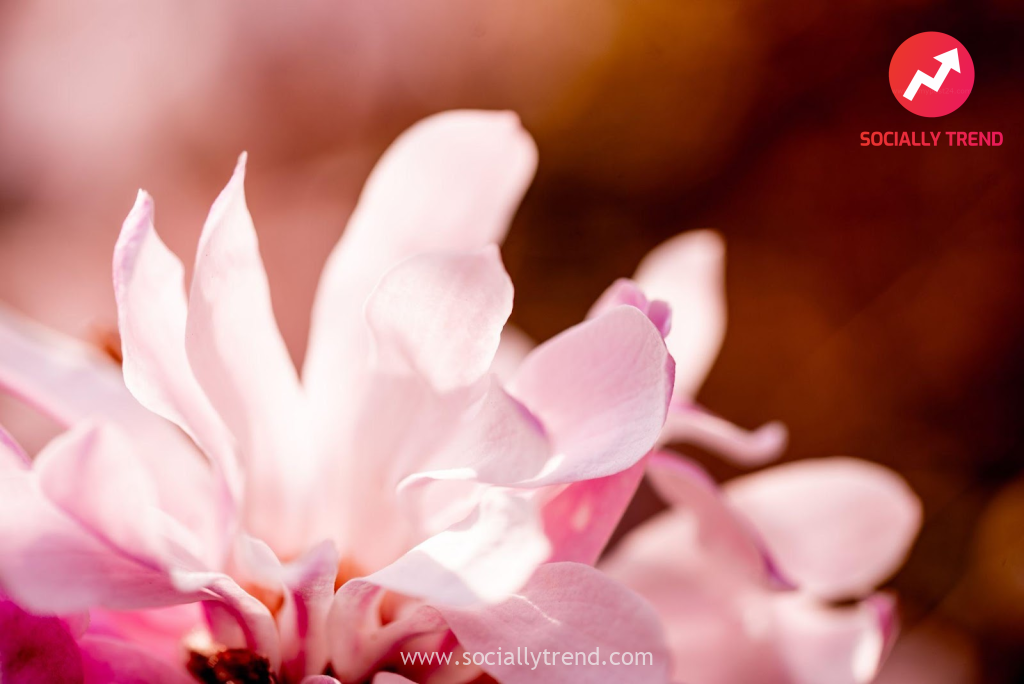
Making History Accessible to You
Consider subscribing to colognes if you're eager to sample the various scents that have influenced fashion history. Through a handy home delivery service, cologne subscriptions let you travel through time and discover smells ranging from current stylish to classic grandeur. You may find a brand-new scent each month that perfectly captures the spirit of a specific fashion era. It's a fascinating approach to appreciate the art of perfumery and expand your sensory senses.
Final Thoughts
It became abundantly evident as we scrolled through the pages of fashion history that perfume is much more than just a decorative item; it is a symbol of the advancement of fashion, culture, and individuality. Each fashion era has a fragrant legacy that continues to inspire and influence our choices, from the luxurious scents of antique splendor to the subtle elegance of current style. The perfumes we wear are a reflection of our uniqueness and a link to the past, allowing us to enjoy the present while reliving the glitz of bygone periods. So, while you spritz on your favorite scent, take a moment to enjoy the timeless impact and hidden stories it contains, reminding us that fashion is more than simply what we wear—it's a sensual voyage through history.
